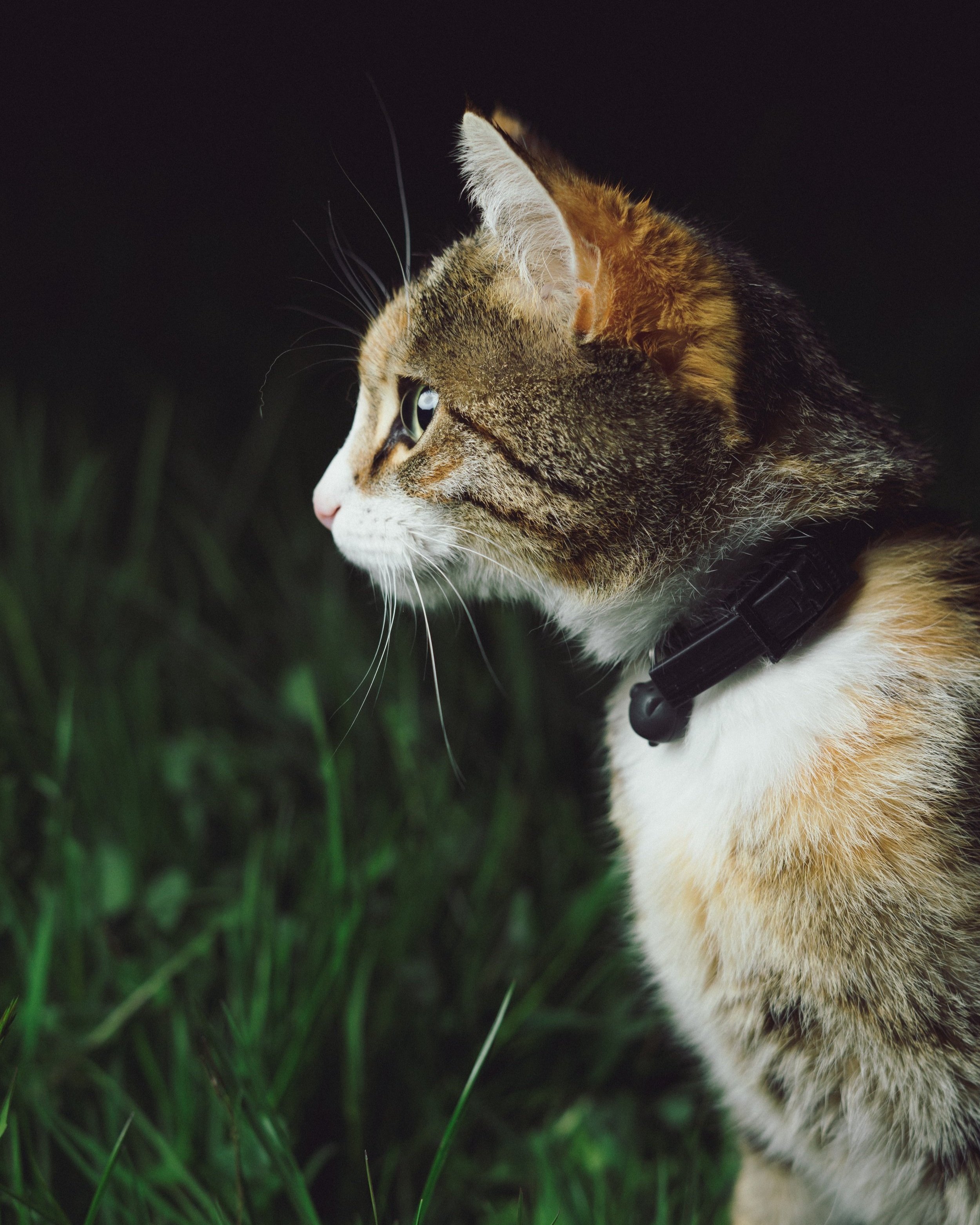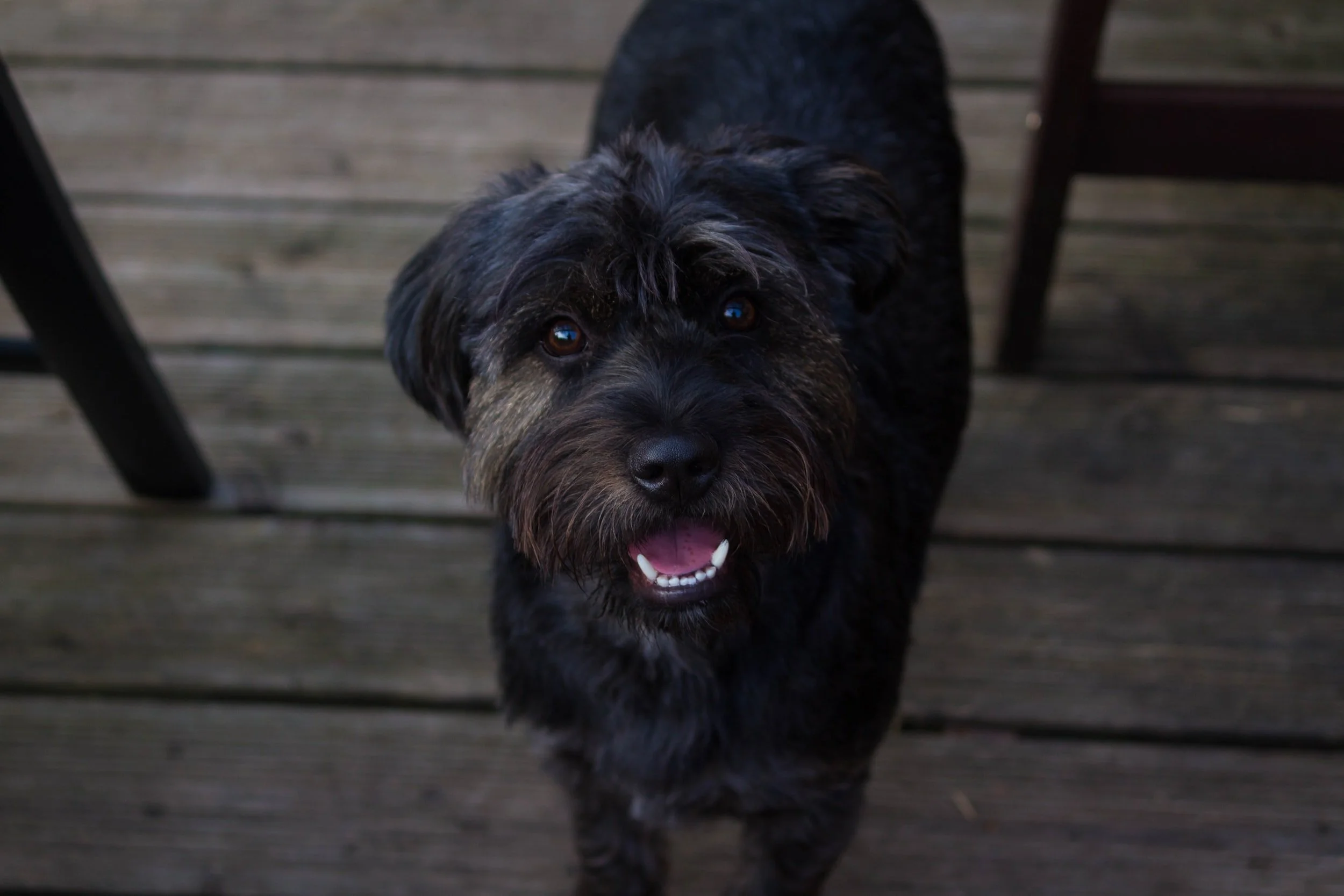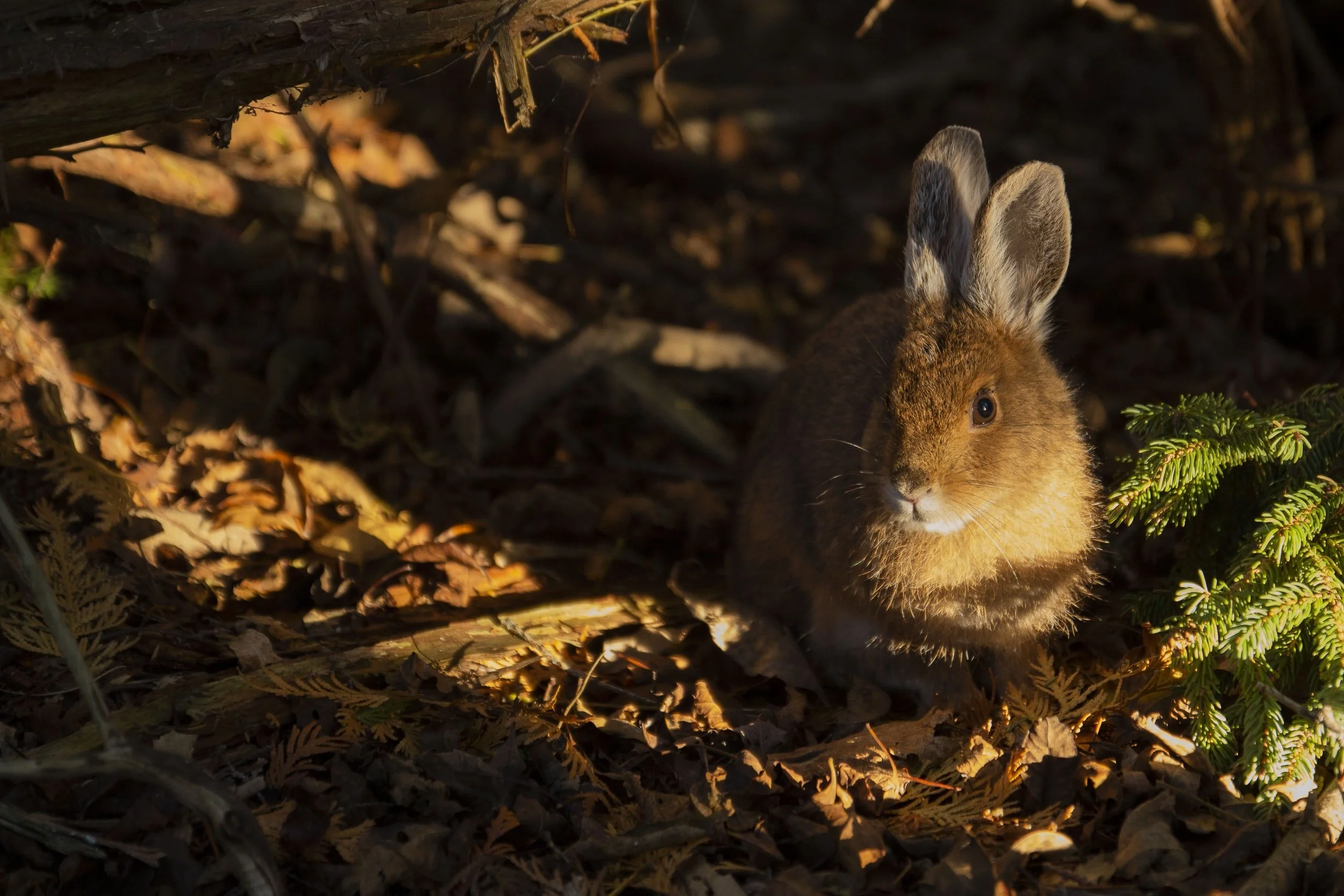Can my pet see in the dark?
Ever wondered if your pet can see in the dark when you turn the lights off and go to bed. Or have you seen them confidently moving around in the middle of the night. Do you wonder how advanced a wild animal’s night vision is?
Some form of light is needed to see, so no animal or human can see in complete darkness. However, many pets and wild animals are better adapted to see in low levels of light than us due to small differences in their eye anatomy. Let’s take a look.
Can cats see in the dark?
Whilst cats cannot see in complete darkness, their sight is much more advanced than humans and even dogs in very low-level light. In the wild, cats hunted at dawn or dusk when their prey was most active. For this reason, their species has evolved to be able to survive and thrive during these dark moments. The reason cats have superior low light vision compared to humans is due to their vertical pupils, tapetum lucidum and the number of rods in their eyes.
Pupils - the pupils in your cat’s eyes are vertical, instead of circular like humans allowing them to adapt to a wider range of lighting. These pupils can dilate far beyond ours allowing more light to enter the eye during low levels of light, thus allowing them to see better.
Tapetum lucidum – this is a special layer of tissues that reflects light back to the retina, increasing the light available to the photoreceptors. The human eye does not contain these reflective cells. The tapetum lucidum is also what makes your cat’s eyes shine in the dark.
Rods – cats have more rod cells in their eyes than humans, which are more sensitive to light. These rods collect dim light resulting in better vison at night. It can also help them identify moving objects. The human eye in comparison has more cones that detect colour and function during daylight.
Can dogs see in the dark?
Dogs cannot see in complete darkness just like other animals and humans, however they do have superior vision over us in low levels of light. Dogs developed their superior night vision as nocturnal hunters, which allows them to survive and thrive in the wild. Dogs have superior low level light vision compared to humans due to their larger pupils, tapetum lucidum and number of rods in their eyes.
Pupils - the pupils in your dog’s eyes are larger than many other animals, including humans. The pupils are responsible for letting light into the back of the eye. Thus, larger pupils allow more light to enter the eye, allowing them to see better in darkness.
Tapetum lucidum – a dogs eye contains the tapetum lucidum, a special layer of tissues that reflects light back to the retina, increasing the light available to the photoreceptors. The human eye does not contain these reflective cells. The tapetum lucidum is also what makes your dog’s eyes shine in the dark.
Rods – dogs have more rods cells in their eyes than humans, which are more sensitive to light. These rods collect dim light resulting in better vison at night. It can also help them identify moving objects. The human eye in comparison has more cones that detect colour and function during daylight.
Can birds see in the dark?
Whilst birds cannot see in complete darkness, they can see far better in low levels of light than humans can. Some species have even better night vision than others. Nocturnal birds such as owls have superior night vision that allows them to fly around and hunt for food during the night. Diurnal birds have better vision during the day when they are most active.
Birds have two light receptors in their eyes; rods and cones. Nocturnal birds have more rods than cones. These rods are highly sensitive to low levels of light, allowing in as much light as possible and thus offering better night vision. Diurnal birds have more cones than rods, offering them greater differentiation between colours during the day. However, they still have better vision at night than humans.
Birds have superior low level light vision compared to humans due to their larger eyes, pupils, and number of rods in their eyes.
Eyes – a bird’s eye is proportionally much larger than the human eye in relation to the size of their head. The eyes of eagles and owls are approximately the size of a human eye or larger, whilst the eyes of the common ostrich are approximately twice the size of humans. A birds eye is also flatter and their lenses are further forward. This increases the size of the image that the retina can see.
Pupils - the pupils in bird’s eyes are larger than humans too. The pupils are responsible for letting light into the back of the eye. Thus larger pupils allow more light to enter the eye, allowing them to see better in darkness.
Rods – birds have more rods cells in their eyes than humans, which are more sensitive to light. These rods collect dim light resulting in better vison at night. It can also help them identify moving objects.
Tapetum lucidum – some bird species eyes contain the tapetum lucidum, a special layer of tissues that reflects light back to the retina, increasing the light available to the photoreceptors. The human eye does not contain these reflective cells.
Can rabbits see in the dark?
Rabbits cannot see in complete darkness, however they do have better vision than humans in low levels of light. Rabbits are crepuscular, which means they are most active at dawn and dusk. In the wild this is when rabbits will emerge to exercise, travel and forage for food. They then retreat underground or hide amongst shrubs and bushes during daylight to stay safe from predators. Rabbits have better low-level light vision compared to humans due to the number of rods in their eyes and their other senses.
Rods – rabbits have more rod cells in their eyes than humans, which are more sensitive to light. These rods collect dim light resulting in better vison at night. It can also help them identify moving objects. The human eye in comparison has more cones that detect colour and function during daylight.
Other senses – not all of a rabbits sight in low light is done with their eyes. They also have a great sense of smell, large ears for hearing and sensitive whiskers that help them navigate the world around them.
Peripheral vision – with eyes set on the sides of their head, rabbits have a wider field of vision than humans. This allows them to see almost all the way around them, with a small blind spot directly in front, where their eyesight doesn’t overlap. They are also far sighted, which allows them to see at great distances. This allows them to spot potential threats in their environment and react to stay safe.
Why do my pet’s eyes glow in the dark?
A large number of animals such as dogs, cats, horses, certain species of birds, rodents, possums and fish have the tapetum lucidum in their eyes. The tapetum lucidum is a special layer of tissues that reflects light back to the retina, increasing the light available to the photoreceptors. The presence of tapetum allows animals to see in low light conditions. It contributes to the superior night vision of some animals. The human eye does not contain these reflective cells.
Eyeshine is a visable effect of the tapetum lucidum. When light shines in an eye with tapetum lucidum it appears to glow. This can be seen in flash photography or when a torch shines at their eyes.
If you have any questions or concerns about your pet’s vision or health, please contact us on 03 8784 4444.




